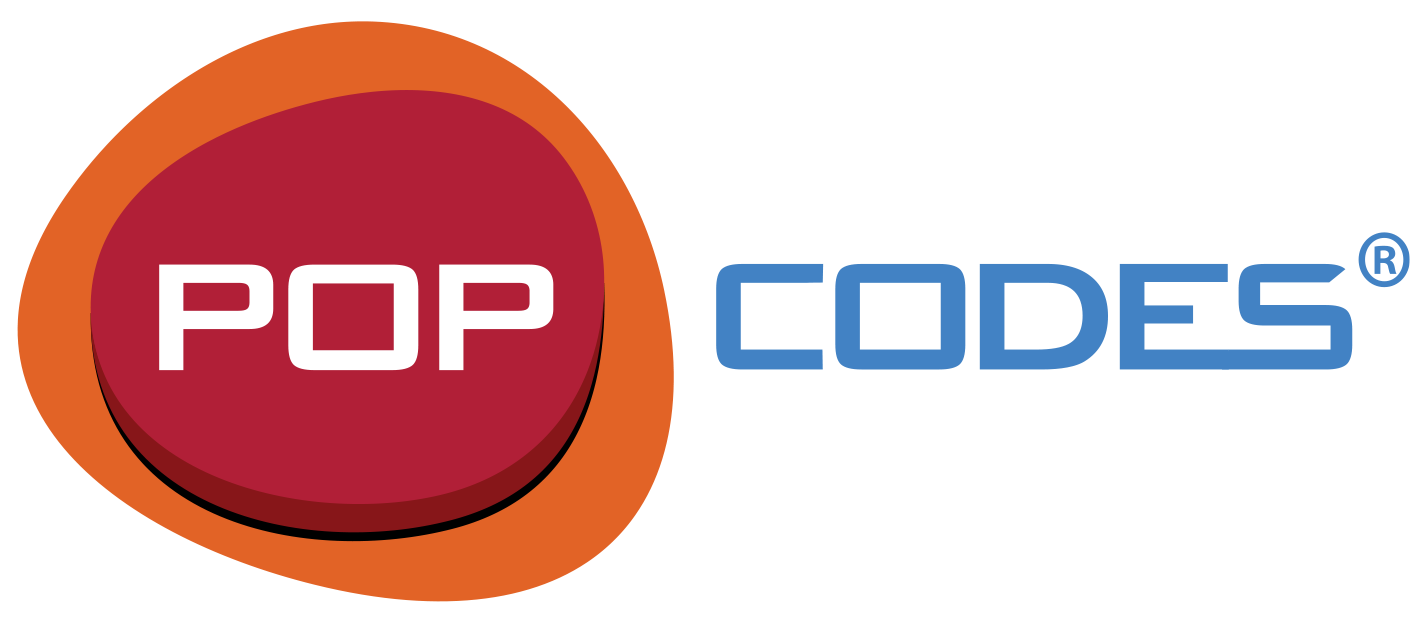Today’s consumers expect to shop when they want and get what they need as quickly as possible, so it’s no surprise that more and more retailers are offering omnichannel options. Every retailer has different priorities, but the goal is the same – to offer consumers the most streamlined, convenient and satisfying shopping experience imaginable. This means providing a retail experience that isn’t either physical or digital anymore – but physical with digital. When it comes to fulfillment options, this means online purchase, in-store pickup.
The demand for buy online, pick up in store is higher than ever. According to Jarrett Streebin, CEO of San Francisco-based shipping firm EasyPost, in-store pickups for online purchases grew 15 percent in November, and will grow again in 2015. Unfortunately, many retailers are hesitant to implement this fulfillment model as a result of misguided perceptions. In reality, implementing in-store pickup is not nearly as expensive, complicated or narrowly-desired as they think. Here is the truth behind three common misconceptions about in-store pickup:
Myth #1: In-store pickup is difficult and expensive to implement and integrate.
In 2013, Home Depot announced that it would spend $300 million on developing its omnichannel operations. Sure, it would be ideal for every merchant to have a new, singular ERP platform that provides comprehensive omnichannel support, but the reality is that very few retailers have the resources and the luxury for that type of platform.
The good news is that setting up in-store pickup doesn’t have to break the bank, nor does it require copious amounts of time. Finding solutions that can integrate into existing systems and leverage standing hardware and e-commerce software is a much more cost-effective way to beef up omnichannel capabilities. Partner with solution providers that can handle the technical work at a reasonable cost in order to save time and money. With a focused objective – and the help of outside models – this can be done for pennies per transaction.
Myth #2: In-store pickup is only for a certain niche of consumers and products.
There is a misconception that only a certain type of shopper – the grab-and-go shopper – is interested in buying online and picking up in store, but those who believe this are mistaken. A recent Accenture survey found that in this omnichannel era, 50 percent of consumers expect to buy online, pick up in store. All types of consumers, no matter the age, gender, social economics, geography or ethnicity, want an omnichannel experience.
Customer-centric retailers know that not every consumer wants the same in-store shopping experience, and retailers must be prepared to service every type of shopper. While some do prefer to grab and go, bargain hunters spend hours online to save a few bucks and could stick around to score another deal in store. Others referred to as “service seekers” shop online to narrow down their selections and might spend even more time in-store to get their product questions answered. By guiding these customers in store and giving sales associates the ability to retrieve key information about their activities online, retailers provide service that aligns with a consumer’s shopping style.
Just as demand for in-store pickup is not limited to a niche consumer, purchasing online and picking up in store isn’t limited to specific niche product categories. Across all product categories, consumers highly prefer to browse for products online and test products in store. Whether it’s health and beauty, home goods, apparel and accessories, or computers and electronics, consumers want their experience to seamlessly move across all channels, and in-store pickup is a major part of that shopping journey.
Myth #3: In-store pickup directly competes with online sales.
Consumers aren’t thinking about what channel they buy through – they’re thinking about what products and services they need and when they’ll get them. Retailers that silo online and in-store sales are encouraging competition not collaboration – between channels, which does nothing but hinder growth, customer engagement and customer loyalty. There is a perception that in-store pickup cannibalizes online shopping and doesn’t drive incremental sales. But in today’s omnichannel retail environment, a sale is a sale, and this conflict across channels only builds barriers to grow and maintain customer engagement. To break down these walls, retailers need to reevaluate their organizational team and compensation structures. The quicker they can do this, the quicker they can drive sales and customer loyalty across all their channels.
In-store pickup is becoming more necessary and valuable for retailers every day. Disregard the myths, face the facts and benefit from this omnichannel option before it’s too late.
Gregg Aamoth is the co-founder of POPcodes, a cloud-based retail redemption solution that bridges the gap between the virtual and physical shopping experience. POPcodes enables omnichannel retailers to quickly give consumers a seamless and secure way to buy online and pick up in store. Prior to launching POPcodes Gregg spent more than 20 years in retail and financial systems leadership, including 10 years as vice president of customer marketing systems and privacy officer for Macy’s Inc.
